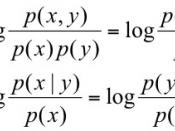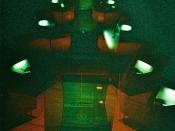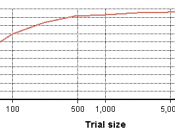Each unit sells for $ 5 Lot size = 1000 units Therefore the earning per lot = $ 5000 There are two states of nature: 1st state S1 = defective units per lot 15% 2nd state S2 = defective units per lot 35% If no inspection for S1 number of units defective = 15% x 1000 = 150 Cost of replacement of defective unit sent to the customer = $10 per unit Therefore the pay off = 5000 ÃÂáV (150 x 10) = $ 3500 If no inspection for S2 number of units defective = 35% x 1000 = 350 Cost of replacement of defective unit sent to the customer = $10 per unit Therefore the pay off = 5000 ÃÂáV (350 x 10) = $ 1500 If 100% inspection for S1 sampling cost = 1000 x 2= 2000 Replacement cost = $0.50 x 150= $ 75 Therefore the pay off = 5000 ÃÂáV 2000 ÃÂáV75 =2925 If 100% inspection for S2 sampling cost = 1000 x 2= 2000 Replacement cost = $0.50
x 350= $ 175 Therefore the pay off = 5000 ÃÂáV 2000 ÃÂáV175 =2825 PAY OFF TABLE S1: 15% (0.6) S2: 35% (0.4) Inspect 100% $ 2925 $ 2825 Do not inspect $ 3500 $ 1500 Expected pay off if 100% inspection = 0.6 x 2925 + 0.4 x 2825 = $ 2885 Expected pay off if no inspection = 0.6 x 3500 + 0.4 x 1500 = $ 2700 Based on the history of the past year and prior probabilities the company should adopt 100% inspection plan.
If a sample of size 2 is taken from the lot before deciding whether to inspect 100%: In a sample of 2 there are three possibilities: - "ÃÂX 0 unit is defective "ÃÂX 1 unit is defective "ÃÂX 2 units...


